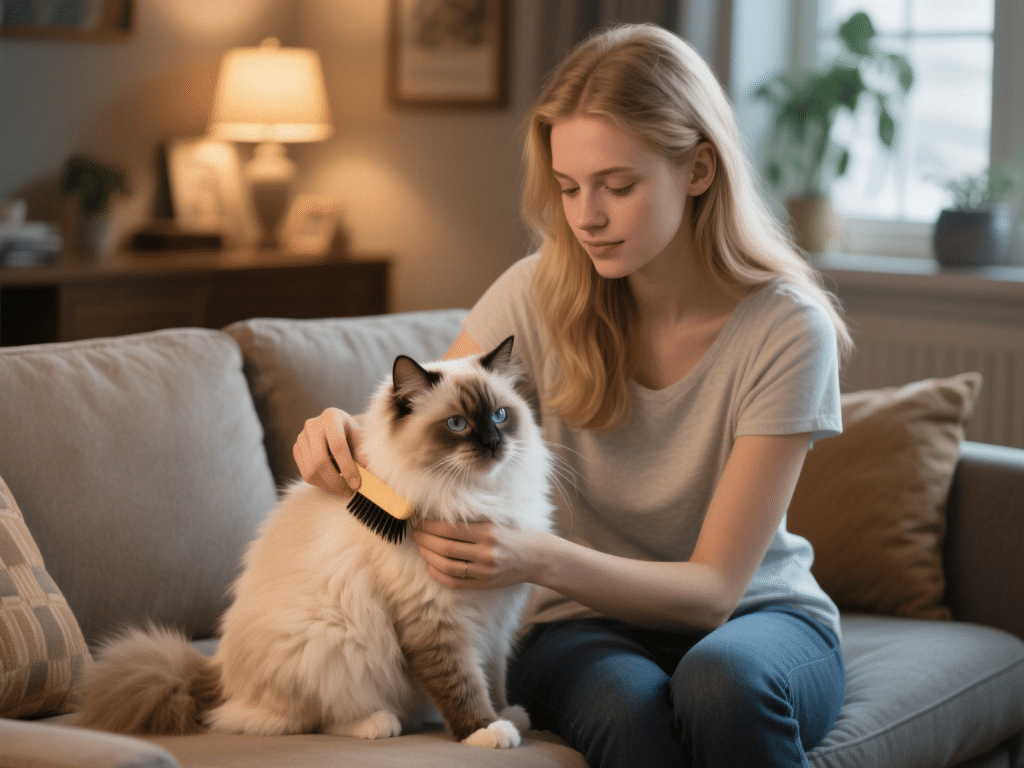
How to Massage Your Senior Cat for Pain Relief and Bonding
As our feline companions age, they often develop stiffness, arthritis, or tender spots tha...
Gerbils are popular pets that are relatively inexpensive and easy to care for. They are burrowing rodents that come from Africa and Asia. While there are several species of gerbils in the wild, most pets are captive-bred Mongolian gerbils. In the wild, they have an overall grayish color. However, through selective breeding, several color variations are available, including white, black, and gold.
As pets, many gerbils can become hand-tame through gentle handling. Their diet is fairly straightforward, and their housing setup is pretty easy to maintain.
Common Names: Gerbil, Mongolian gerbil
Scientific Name: Meriones unguiculatus
Adult Size: Roughly 4-inch body; tail adds another 4 inches
Lifespan: 2 to 3 years on average; can live up to 8 years
Unlike a mouse or hamster, gerbils can often be seen sitting up on their hind legs. They are quite curious, playful, and active animals, but they are still relatively quiet pets. They are not nocturnal, though they are sometimes active at night and might take naps during the day.
Gerbils live in colonies in the wild and are very social animals; they do not do well as solitary pets, so keeping a same-sex pair is necessary. It's best to select littermates or young gerbils that can grow up together. However, if you have a single adult gerbil, it can be difficult to introduce a new one, as they are quite territorial. They will often fight—sometimes to the death. Moreover, gerbils should be kept away from other household pets to avoid potential stress and injury.
Being social creatures, gerbils can become quite tame around humans with regular gentle handling. They generally have an agreeable temperament and are only inclined to bite if they feel threatened. Hand-taming a gerbil is usually quite easy, especially when using positive reinforcement like treats. Expect to spend a few hours per day feeding your pet, keeping its environment clean, and interacting with it.
Gerbil bodies stretch around 4 inches long on average. The tail adds roughly another 4 inches. The males typically are slightly larger than the females.
Glass aquariums can be used for gerbil housing and are favored over wire cages by many owners. Aquariums allow for a deep layer of bedding, so the gerbils can engage in their natural burrowing behavior. A secure mesh lid is necessary to prevent escapes and to allow for good ventilation. As a general rule, there should be 5 gallons of space per gerbil.
Wire cages also can be used for gerbils, but gerbils do tend to kick bedding through the wire bars and make a mess. Make sure the wires are narrow enough that the gerbil can't squeeze through but not too narrow that the gerbil might get its legs or other body parts stuck in them. Plastic cages shouldn't be used, as they don't hold up to the chewing habits of gerbils or provide adequate ventilation.
In the enclosure, make sure to provide lots of materials for climbing and enrichment, such as thick pieces of wood, stable large rocks, ladders, ramps, and platforms. Toys that are safe for chewing should always be available to help wear down a gerbil's continuously growing teeth. Wood toys made for small animals or even for birds are good options. Toilet paper tubes, though quickly destroyed, also are often a favorite gerbil toy.
Moreover, add an exercise wheel with a solid surface to prevent injuries. There should be no place in the exercise wheel where your gerbil can get its feet, tail, or other body parts stuck.
Gerbils also need a nest box to feel secure. They will hide out in their nest box and use it for sleeping. A sturdy wood or ceramic nest box is preferable to plastic, as plastic will quickly be destroyed by chewing. Wood will likely get chewed as well but tends to last a little longer. Clay flower pots are another option to use as a gerbil nest box.
Add at least 2 inches of dye-free paper or aspen bedding to the bottom of the habitat. Avoid cedar or pine shavings, as they can be harmful to gerbils. Also, include materials your gerbil can shred for nesting, such as dye- and scent-free paper towels or tissue. Remove soiled spots in the bedding daily, and do a complete bedding change weekly when you wash down everything in the enclosure with mild soap and water.
The primary part of your gerbil's diet should be a formulated pelleted food, which should be available at all times. This will offer complete nutrition. Provide a day's worth of pellets in a small ceramic bowl in the enclosure. Dispose of any uneaten pellets after 24 hours before adding the next day's portion.
You also can offer a dish of a gerbil food mix with seeds, grains, and dried veggies. But note that gerbils tend to gravitate toward the high-fat seeds first, especially sunflower seeds. So you might want to pick them out and offer them as occasional treats to make sure your gerbil isn’t getting too much fat. Discuss the proper feeding amount with your vet, as this can vary by size and activity level.
Plus, offer small amounts of fresh veggies and fruits to a lesser extent, again discussing the quantity with your vet. Some good options include peas, broccoli, and apples. Put fresh foods in a separate dish, and remove them after a few hours to prevent spoilage. It’s best to offer them at a time of day when your gerbil is most active.
Finally, gerbils should always have access to fresh water. It's best to use a water bottle that attaches to the enclosure side. But also include a water dish until you're sure your gerbil is using the bottle. Refresh the water daily.
Gerbils are usually healthy animals. But some of the more common health issues to be aware of include:
Hand-taming is the most common training people do with their pet gerbils. Give your gerbil a few days to acclimate to its new home before handling it. When it appears comfortable, approach it calmly when it's awake. Bit by bit, you can gain its trust with these steps:
Once your gerbil is comfortable with you, you can hold and carry your pet in your cupped hands. Many gerbils also enjoy having the sides and backs of their heads gently scratched. Avoid touching your gerbil's tail; if you are concerned that it might fall, you can quickly but gently grasp the scruff of its neck for repositioning.
Gerbils are very playful and need exercise to keep them mentally stimulated and physically fit—helping to ward off diseases, such as obesity. Providing as large of an enclosure as you can fit and afford is one of the best ways to ensure they get enough exercise. Make sure they have enough climbing structures, an exercise wheel, toys, and other items to keep them busy. Also, allow them supervised out-of-cage time each day in a secure area where they can safely run and explore.
Gerbils regularly self-groom, and they even might groom cage mates as a way of bonding. Gerbils don’t need baths. But if they get something stuck in their fur, you can help get it out by gently rubbing the area with a damp cloth.
Your primary ongoing costs for a pet gerbil will be its food and bedding. Expect to spend around $15 per month on average depending on the varieties you choose and how big the habitat is. Other periodic costs will involve replacing worn toys and other items in the enclosure, averaging around $10 to $20. Also, make sure to budget for routine vet care and emergencies.
Gerbils are mostly quiet pets that don’t require a lot of space. They can be quite entertaining to watch and typically can be hand-tamed. However, they must be handled very gently and aren’t ideal for young children. They also can be a bit messy with their bedding.
If you’re interested in pet gerbils, check out:
Otherwise, check out other exotic animals that can be your new pet.
You can find gerbils at pet stores, breeders, and rescue groups. It's often ideal to go through a reputable breeder or rescue, as they typically can offer better information on the gerbil's health, history, and temperament. Expect to spend $10 to $20 on average, though this can vary based on factors such as the animal's age and coloring.
Local exotic animal veterinarians might be able to point you in the direction of a good breeder or rescue group. The American Gerbil Society also keeps a listing of ethical breeders. If you are looking for a particular coat color or pattern, a breeder is often the way to go.
When purchasing a gerbil, look for bright eyes, shiny fur, and no signs of injury. Make sure all of the seller's animals are kept in sanitary conditions and don't appear lethargic. Also, watch out for signs of diarrhea in the gerbil's environment. If you'll be taking home multiple gerbils, make sure they are sexed properly. Only keep members of the same sex together to avoid accidental breeding.
Gerbils can be good pets for older children who understand how to handle them gently.
Gerbils are fairly easy to maintain, requiring daily feedings and regular cleanings.
Many gerbils can learn to be comfortable with gentle handling, though they might prefer to explore rather than cuddle.

As our feline companions age, they often develop stiffness, arthritis, or tender spots tha...
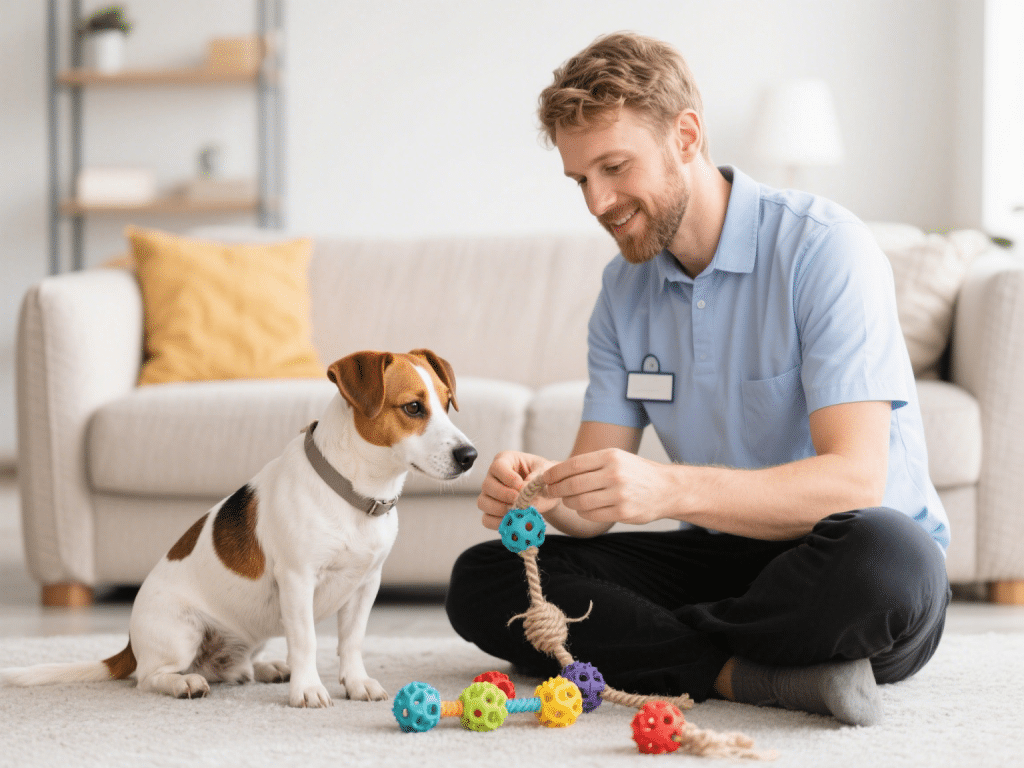
Indoor dogs often suffer from boredom, leading to destructive behaviors like chewing, bark...
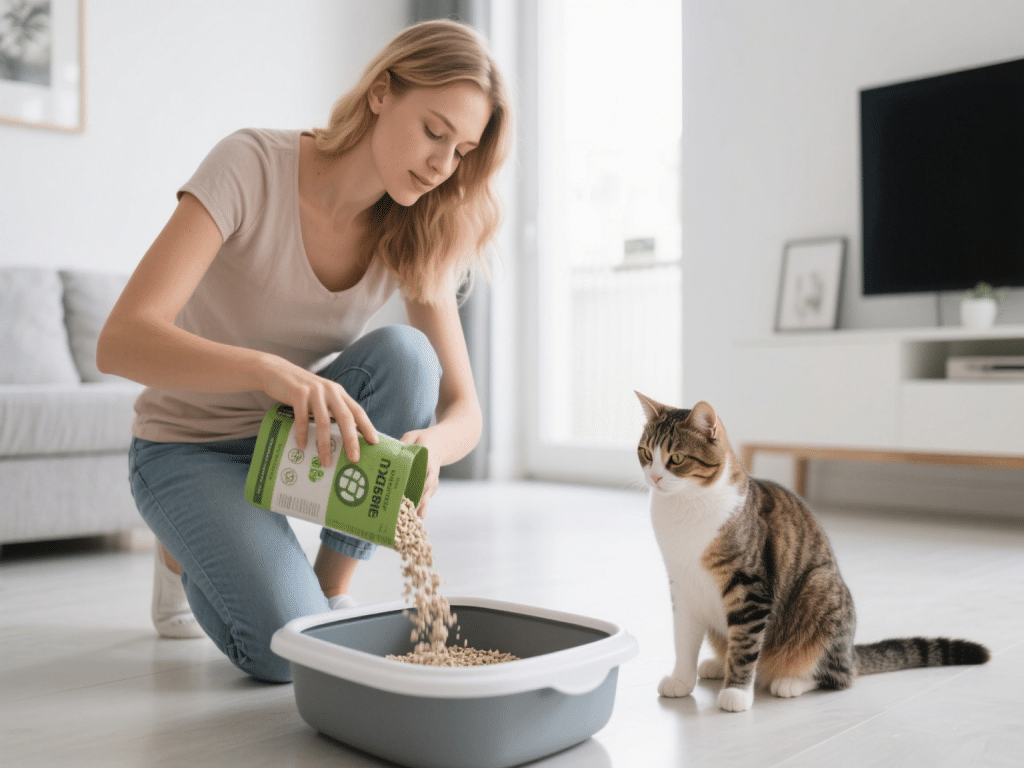
IntroductionTraditional clay-based cat litters pose environmental challenges: strip-mining...
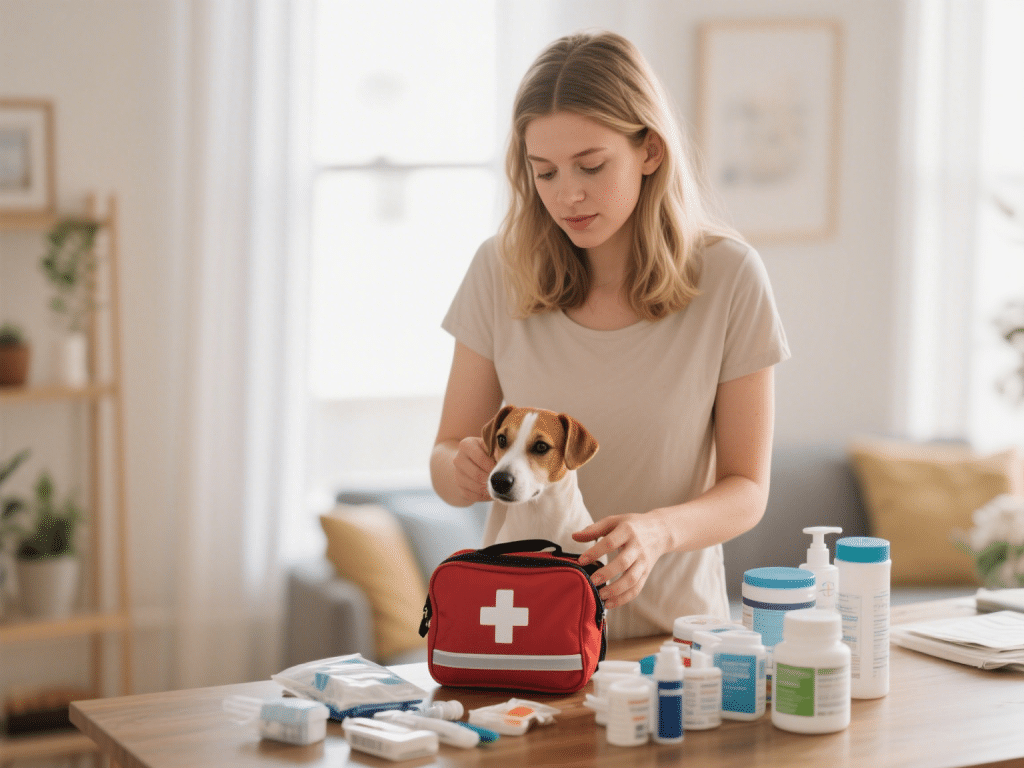
IntroductionEmergencies can occur unexpectedly, and having a dedicated pet first aid kit e...

IntroductionSwitching your dog to a raw food diet can offer health benefits such as shinie...

IntroductionAs dogs age, joint health becomes a primary concern. Osteoarthritis and reduce...
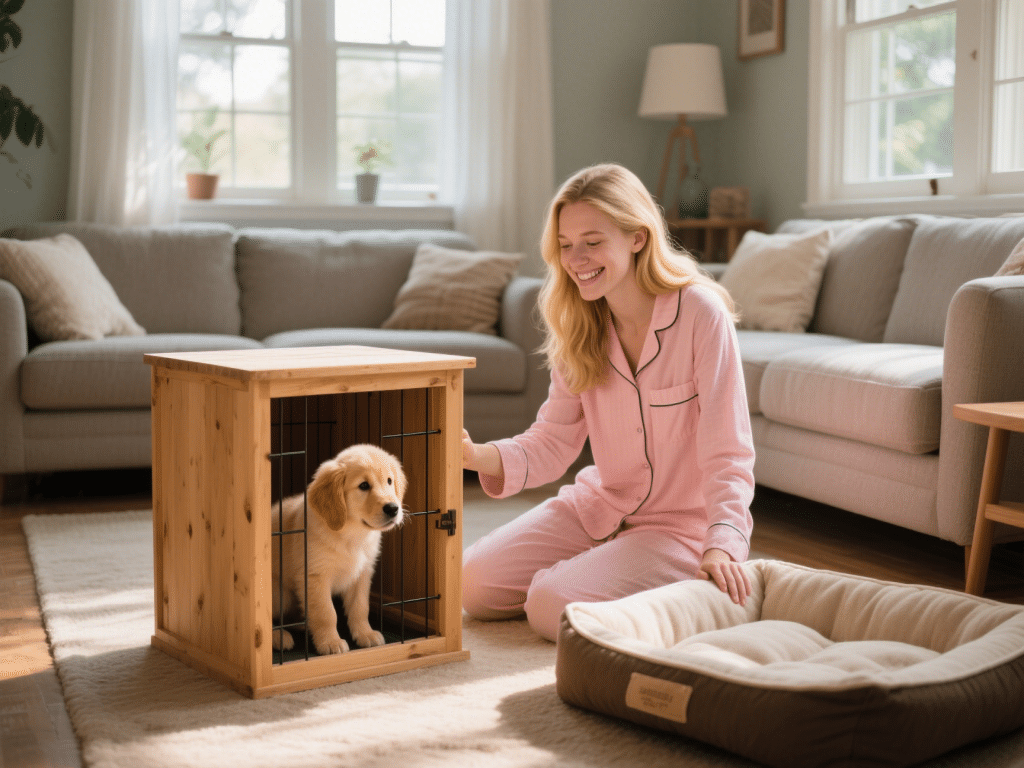
Why Crate Training MattersCrate training leverages a dog’s natural denning instinct to c...

Mites are annoying and common parasites that bite and cause irritation to your hedgehog&#...

At the most basic level, guinea pigs are herbivores. That means that they just eat fruits...
Comments on "How to Care for a Pet Gerbil" :